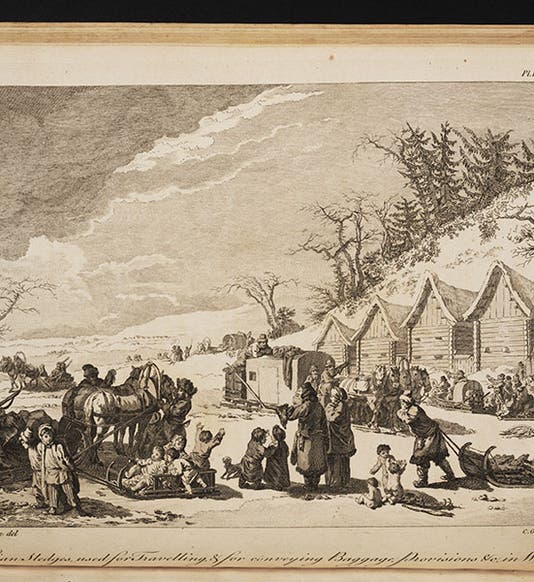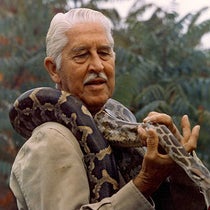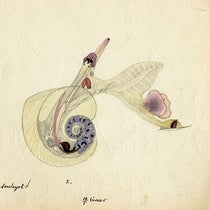Scientist of the Day - Jean-Baptiste Chappe d'Auteroche

Linda Hall Library
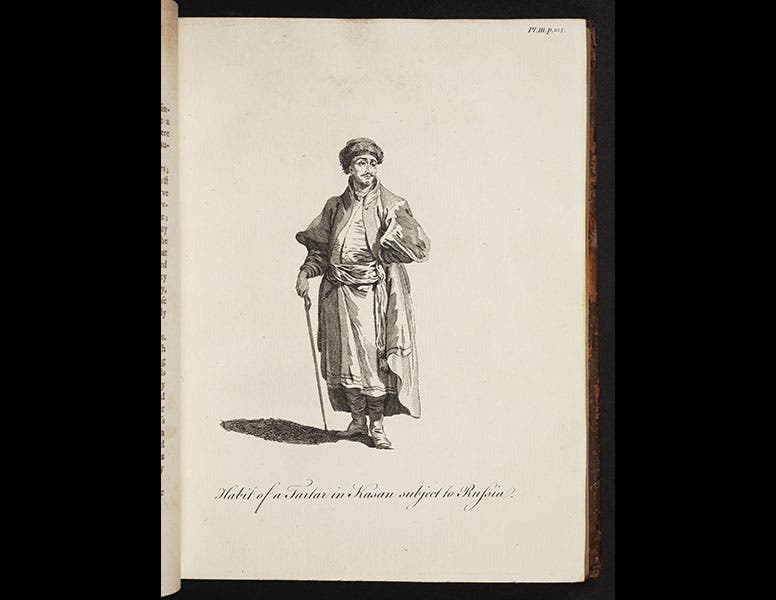
Linda Hall Library
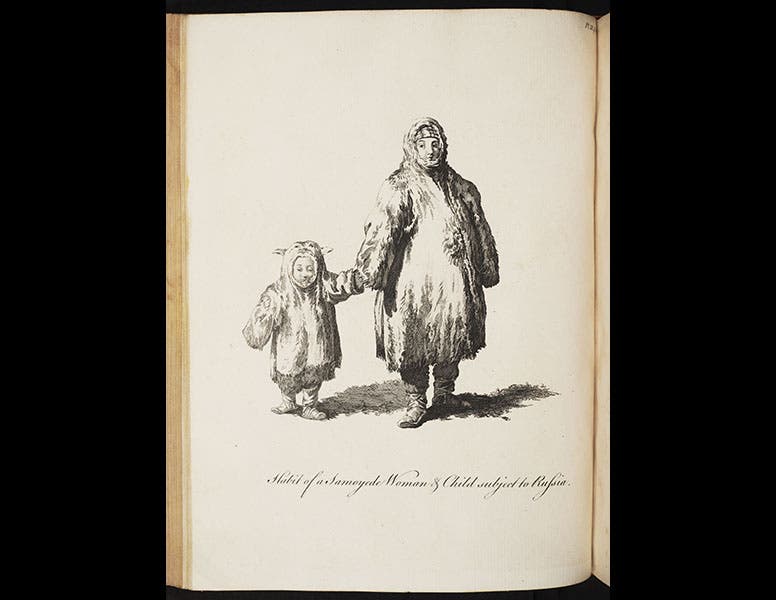
Linda Hall Library

Linda Hall Library
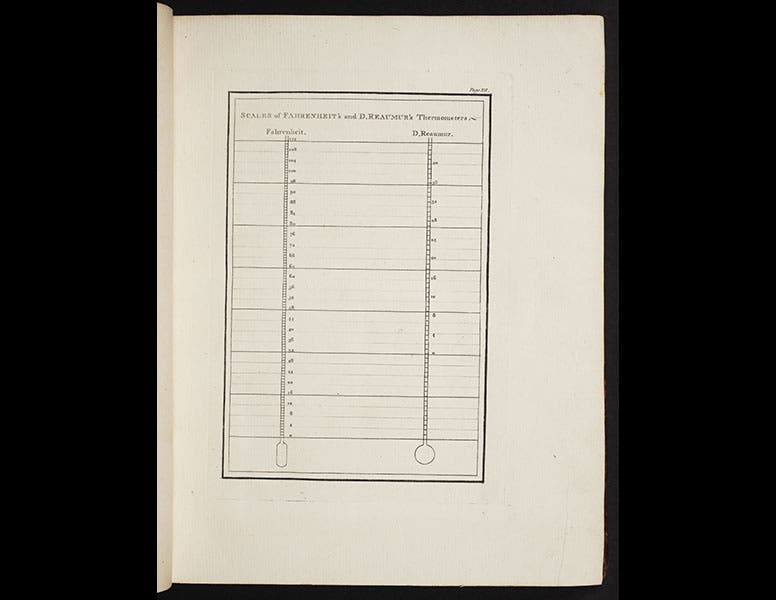
Linda Hall Library
Jean-Baptiste Chappe d'Auteroche, a French astronomer and priest, was born Mar. 23, 1728. On June 6, 1761, the planet Venus would make its first passage across the face of the Sun in 122 years, and scientific societies in France and England made plans to ensure that this "transit of Venus" would be observed around the world. The hope was that, by triangulating on Venus and the Sun from different positions on earth, the distance to the sun (what astronomers call the 'astronomical unit') could be calculated with great precision. Abbé Chappe d'Auteroche was sent by the French Academie des Sciences to Tobolsk in Siberia, a distance of about 3300 miles from Paris. It took Chappe d'Auteroche most of the spring to get there, and he barely made it in time, and although the day before was completely clouded over, the skies cleared in time for him to observe and time the transit.
After returning home with his observations, Chappe d'Auteroche wrote an account of his adventures, Voyage en Siberie, which was published in 1768. It was a two-volume work, with a number of engravings of the various ethnic Russian peoples he encountered on his trip. The work was translated into English in 1770 as A Journey into Siberia. The translation was seriously abridged and rearranged, with the number of illustrations being reduced, and that is the version we have in our History of Science Collection. Still, it is a fine copy, and the engravings that remain show a Tartar man (second image) and a Samoyed woman and child (third image), as well as a lively scene intended to depict the various kinds of sleds and sledges that the Russians used to get around in the winter (first image). Chappe d'Autseroche in fact used sleds for a large part of his journey, until the spring thaws rendered them unusable. And since Chappe d'Auteroche recorded temperatures according to the Reaumur scale, the translator also provided a conversion chart to the Fahrenheit scale in use in England (fifth image).
Journey into Siberia also includes a fold-out map of Russia, presumable identical to, or based on, one in the original French edition. It is of interest because it is color-coded; barren land not suitable for farming is green; arable land is yellow, and land currently being farmed is red. There is not a lot of red, and it does not overlap the yellow region very much, indicating, which we suppose was Chappe d'Auteroche's intention, that the Russians are not farming the land they should be farming (detail, fourth image).
Right after Chappe d'Auteroche published his book, he was sent to Baja, California, to observe the second transit of 1769 (transits of Venus come in pairs, 8 years apart, with more than a century passing until the next pair). He did his duty, but he died of a fever less than 2 months later, before he could return. His portrait, published just before he died (sixth image), shows a spirited, likeable individual who deserved a life span longer than 41 years.
Dr. William B. Ashworth, Jr., Consultant for the History of Science, Linda Hall Library and Associate Professor, Department of History, University of Missouri-Kansas City. Comments or corrections are welcome; please direct to ashworthw@umkc.edu.

